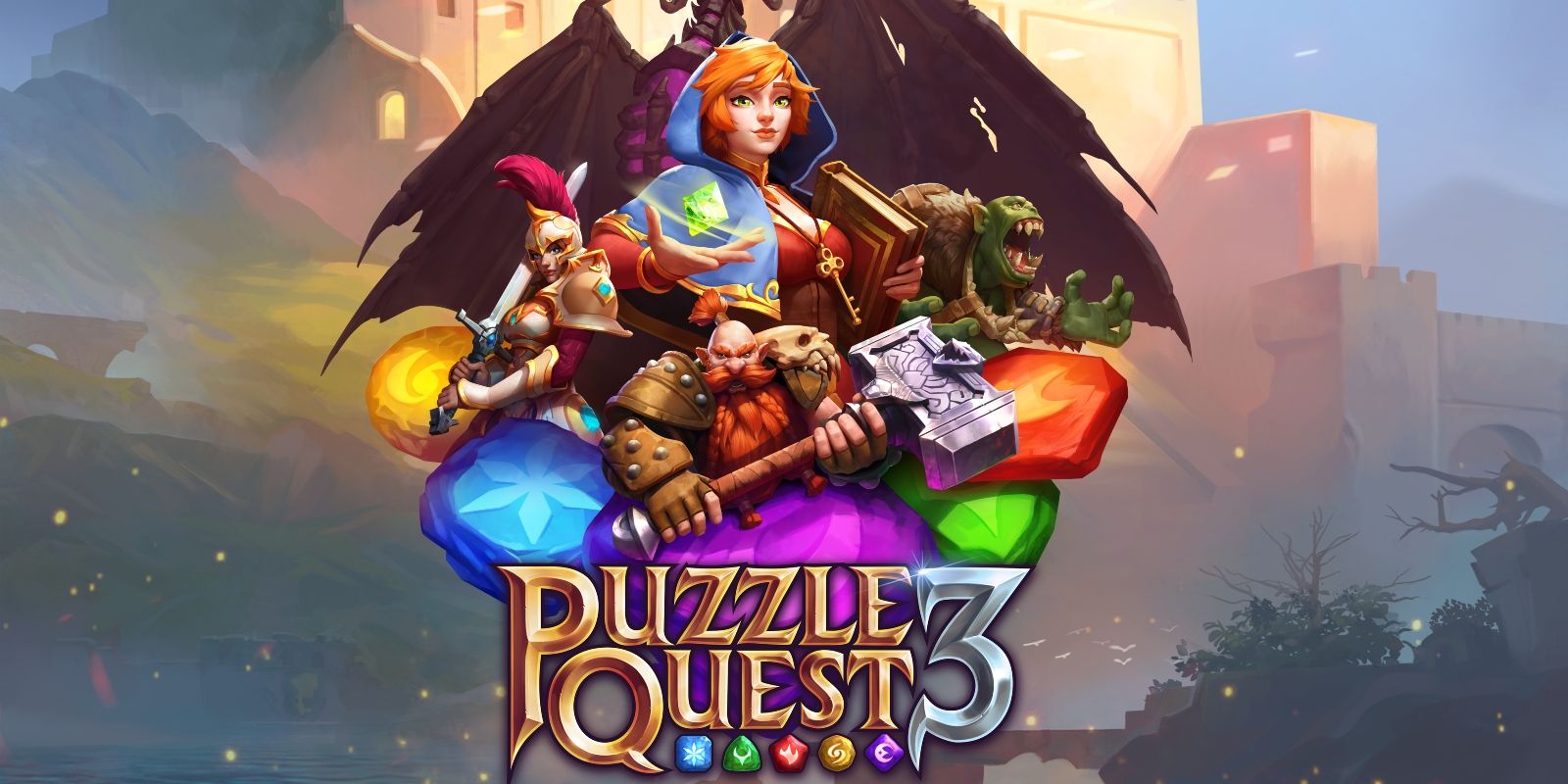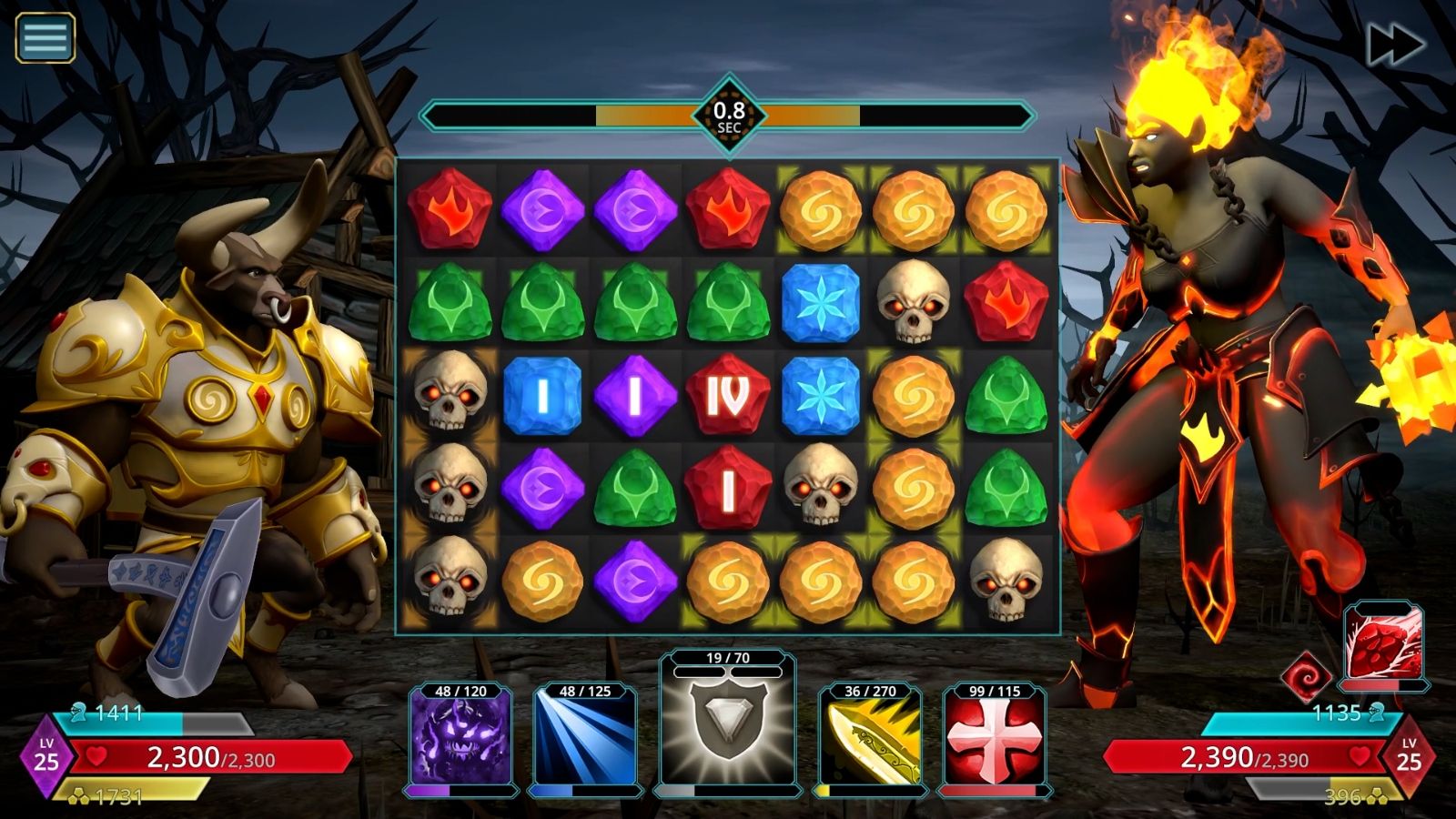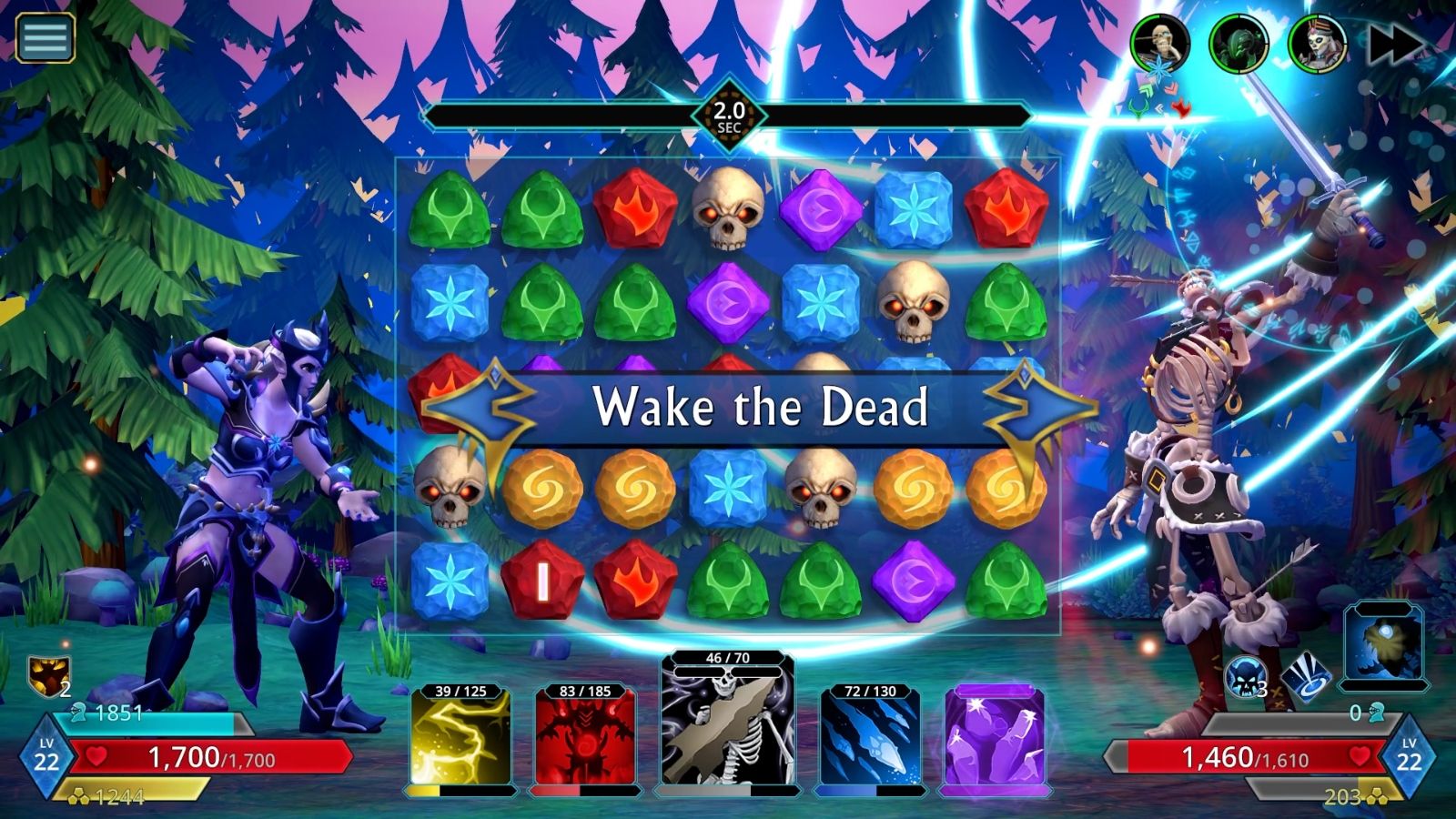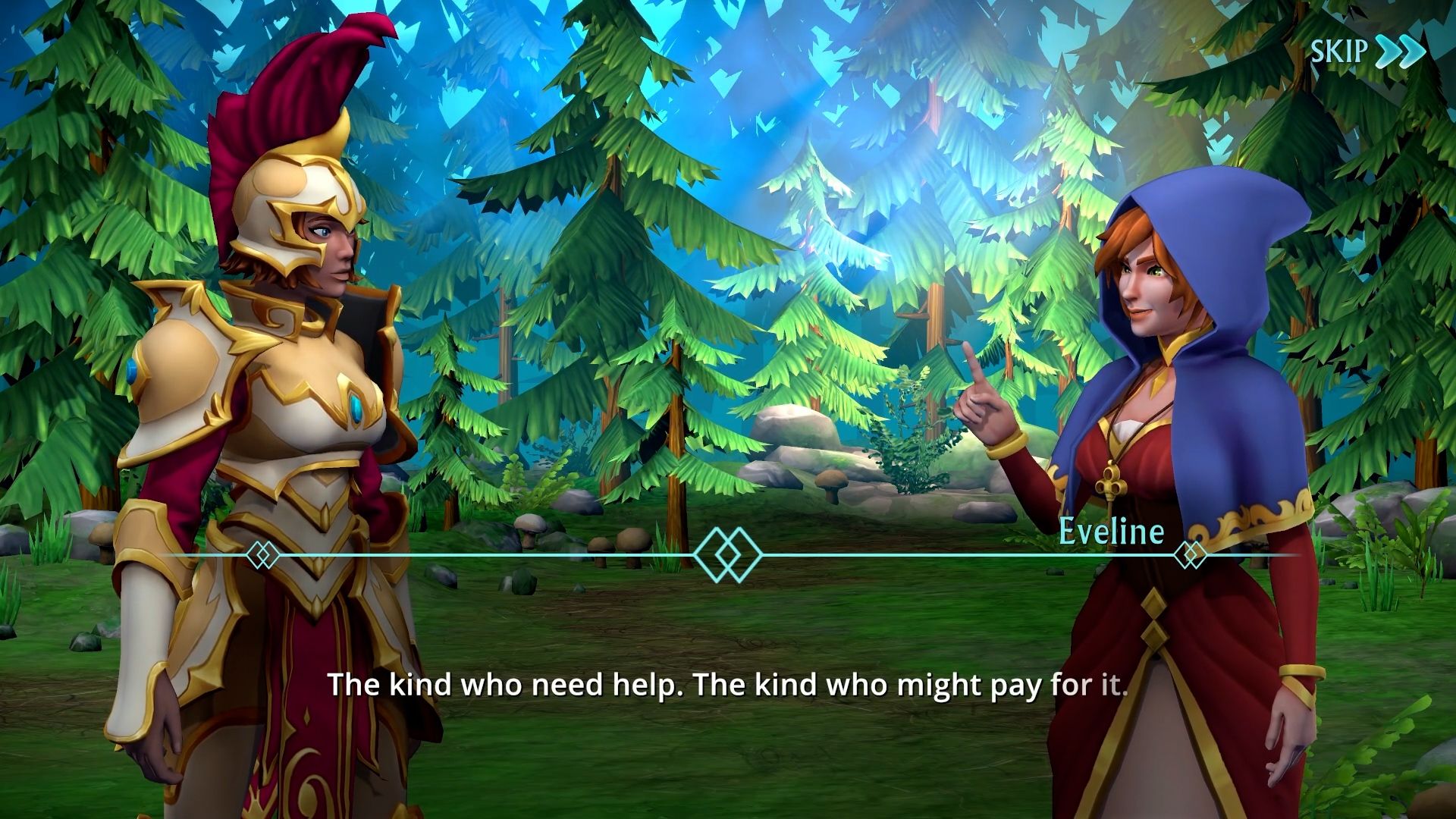The field of free-to-play puzzle games is a crowded one, full of well-known hits like Candy Crush and tie-ins with franchises like Harry Potter, Marvel Comics and Disney Princesses. While the reputation of mobile, free-to-play games in general has evolved over the years thanks to live service hits like Fortnite and Apex Legends, casual puzzle games often still carry that stigma due to their advertising practices and microtransactions. Still, millions of people enjoy such games, including many who would not otherwise call themselves gamers.
Puzzle Quest 3 aims to appeal to seasoned gamers without completely isolating the massive casual market. Like its predecessors, it largely succeeds, delivering an enjoyable gameplay loop that doesn't revolutionize the genre but avoids some of the pitfalls that drive criticism of other free-to-play and live service games.
At its core, Puzzle Quest 3 is a simple match-three puzzle game that tasks players with dragging gems of different colors and shapes across the board. Matching skulls deals damage to opponents, while each color corresponds to a type of mana. Gaining enough through matches allows players to unleash different equipped spells, not unlike in Magic: The Gathering and games like it. New to this entry is the option to move gems diagonally, increasing the number of matches available at any time.
Where things get more complex are in the game's RPG mechanics and loot system. At the start of the game, players will choose one of five classes with their own playstyles, with more promised in future updates. As they complete main story chapters and other modes, players will earn various chests, which can be unlocked immediately using a corresponding key or spending in-game currency. Those without keys or gems can also choose to wait for chests to unlock with the help of unlockable minions, though only a certain number can be held at once. Once unlocked, the player will earn gear and spells to increase their character's power and abilities, as well as resources to upgrade them.
This gear system is where Puzzle Quest 3 goes from a casual puzzle game to an RPG with deep systems that players will have to engage with on some level. As enemy scores increase, players will need to equip better gear (or upgrade what they have) to keep up, and rare (or better) gear comes with special bonuses. While players can get pretty far without paying too much attention to gear effects and stats outside of their overall gear score, it does provide another layer for those who enjoy maximizing character builds to play around with.
There's plenty more for players to enjoy, from main story quests that allow players to explore the series' land of Etheria to special events and daily challenges. That's easily the best part of Puzzle Quest 3: Whether you choose to spend money or not, there's always something to do. The game doesn't have the kind of energy system that forces players to wait or pay to play more. While the limits to how many chests players can hold at once may limit how much progress they can make without keys, there's nothing stopping someone who just wants to keep playing anyway from starting another level.
In the world of free-to-play games, what often determines whether or not one is well-received is how it implements microtransactions and if it crosses the line between "free-to-play" and "pay-to-win." While Puzzle Quest 3 does have a premium currency only available by spending real-world money called Crowns, it does provide a good amount of opportunities to earn Gems and Gold.
There's also a VIP Pass that provides extra rewards for a monthly subscription -- which involves a ranking system based on in-game shop purchases that might be just as complicated as the game itself -- but the game never makes that feel vital. Playing the game without Crowns or a VIP subscription might mean it takes longer to get the best gear and upgrades, but it certainly doesn't detract from the engaging core experience.
Of course, Puzzle Quest 3 is not a perfect game. The story is a fairly typical fantasy RPG affair, though a deep narrative is probably not what anyone picking up a game like Puzzle Quest 3 is expecting. Plus, despite the game allowing players to create up to three characters for free to experience different classes, they aren't different enough to make spending resources to boost a secondary character feel worthwhile. Still, Puzzle Quest 3 succeeds at what it sets out to do, delivering an easy-to-learn, hard-to-master experience that manages to be as approachable as it is complex.
Developed by Infinity Plus Two and published by 505 Games, Puzzle Quest 3 is available now on iOS, Android and Steam Early Access. A review copy was provided by the publisher.




